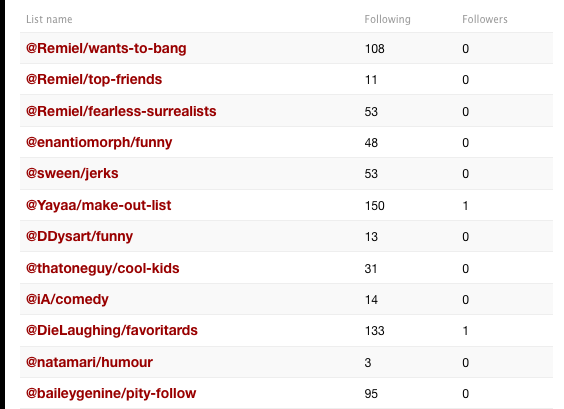Twitter lists, creators vs curators, and who owns the meta-data?
Flickr is a creators’ community. This informs a number of the decisions we make. Including the question of “who owns the meta-data?” (where own is defined as who can operate on it).
On Flickr a photo tag can be removed by a photo’s photographer whomever added it. And a tag only has a single instance. This is profoundly different then del.icio.us which is a curators community. On del.icio.us I can make any statements I want about an object in the world, and all the curators voice can be conglomerated towards consensus. Flickr privileges the creator, del.icio.us the consensus.
Even when we launch curatorial features, like the recent galleries launch, the content creator has final say about how their work is described, including membership in a gallery. You can not only remove your photo from a gallery, it can’t be re-added once you’ve done it, and you can block that curator from operating on your photos again.
This is all been a fairly rudimentary discussion by way of explaining my biases.
I’m excited by the Twitter lists feature, it’s a great example of enabling powerful interactions by offering stripped down bare minimum organizational tools. (in fact its almost identical to galleries in that aspect)
But interestingly, and frankly surprisingly to me (possibly given my biases), Twitter is positioning itself as a curatorial community, not a creator community. This might actually make sense in the sphere of social media experts, and their endless re-tweetings, but its a fundamental mismatch with my expectations as a very early member, and someone who isn’t trying to shill a product (beyond perhaps a slice into my own routine life)
Thankfully I was saved from having to make the effort (via buzz and meowrey)

